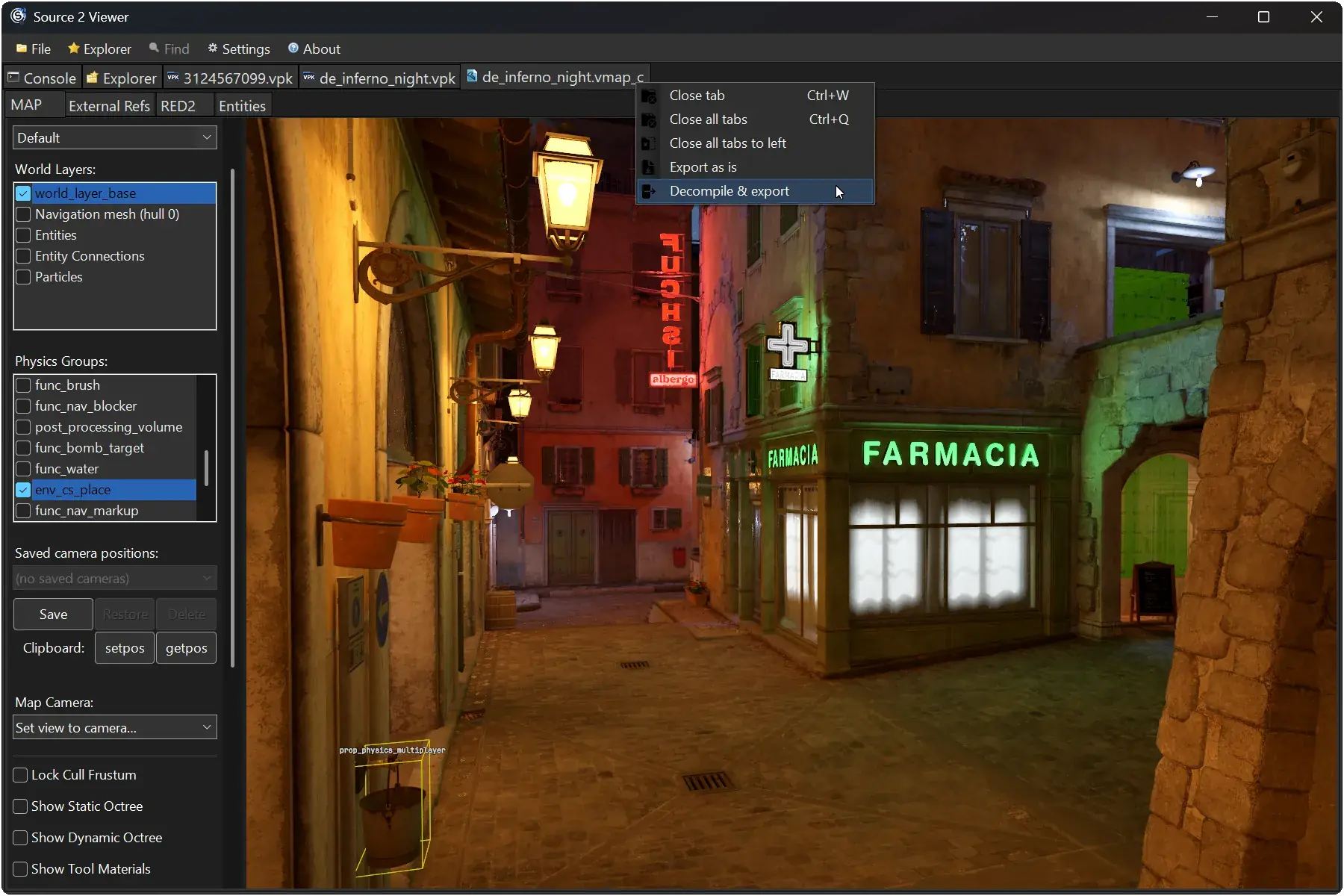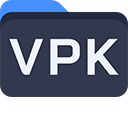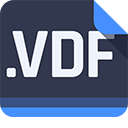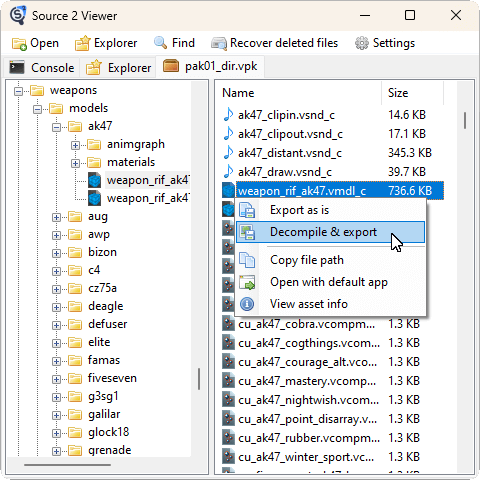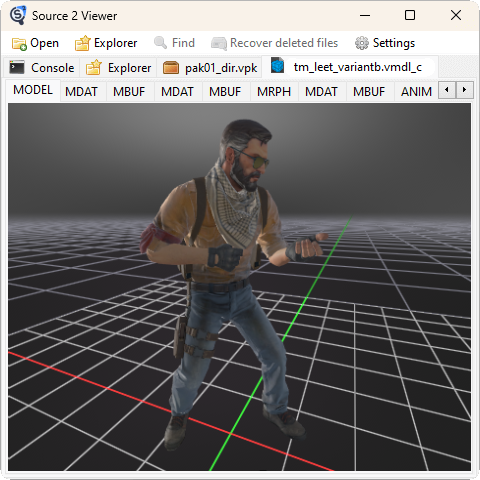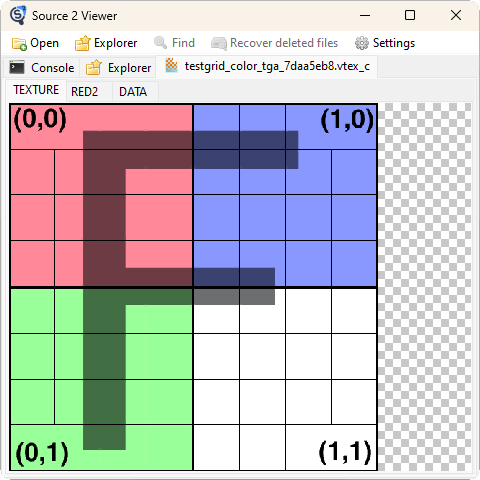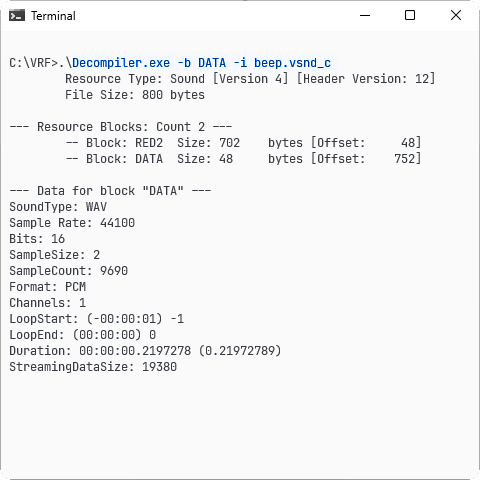Source 2 Viewer is a powerful tool that allows you to browse VPK archives, view, export, and decompile Source 2 assets, including maps, models, materials, textures, sounds, and more.
This open-source project is based entirely on a reverse engineered effort as there is no Source 2 SDK.
All Source 2 projects are supported including
![]() Counter-Strike 2,
Counter-Strike 2,
![]() Dota 2,
Dota 2,
![]() Deadlock,
Deadlock,
![]() Half-Life: Alyx,
Half-Life: Alyx,
![]() SteamVR,
and more…
SteamVR,
and more…
